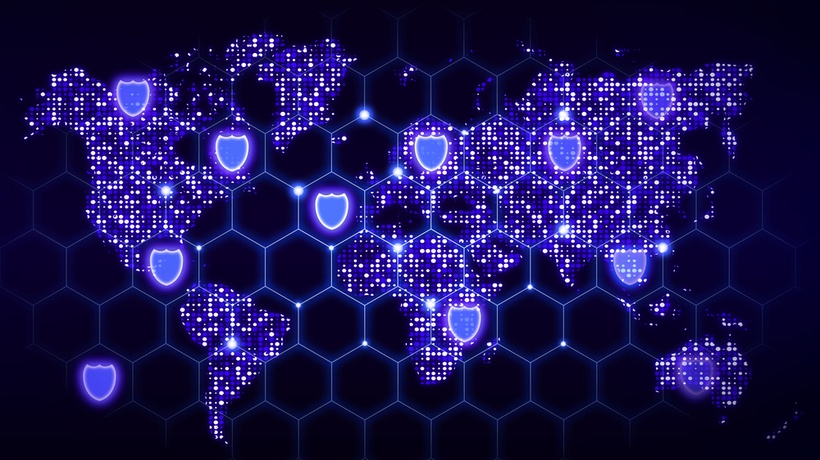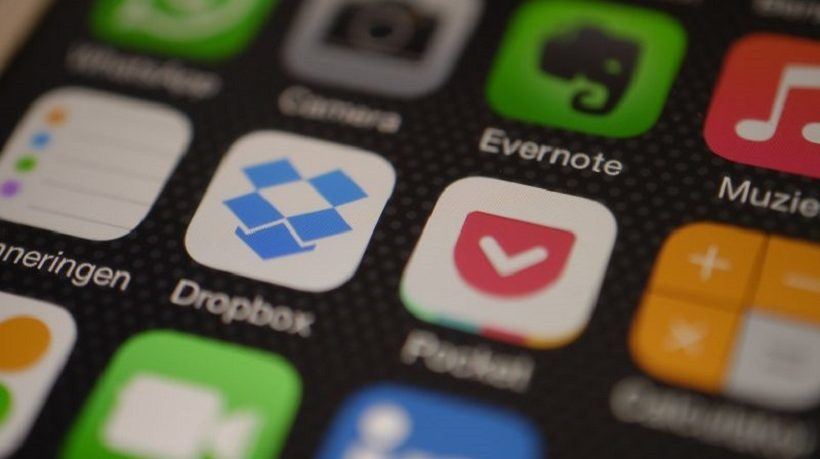Remote Learning Tools We'll Keep Versus Leave Behind
As we slowly exit an era of great challenges and imperfect stopgaps, processing the silver lining solutions may help.
Remote Learning Tools We'll Keep
These tools have supported remote learning and family engagement from a distance, and they may be worthwhile to add to your permanent stockpile of EdTech tools.
Online Enrollment
Filling a lobby with lines of families all waiting to turn in reams of printed paperwork just to enroll their kids in school? It couldn't be your district. Nope, the paperless enrollment revolution is heavily underway. Families love the convenience of filling out customized forms online instead of printed packets with a pen, and it saves major resources too!
Health Questionnaires And Info
The last thing you need is a sick kid showing up at the height of flu season and haunting the main office until a parent can pick them up. Instead, at peak times, symptom questionnaires give families a flow chart and decision process built right into the student information system. Health information is kept private, and attendance records stay up-to-date. It's an administrative win and infectious disease smack-down.
Virtual Conference Options
Let's face it, with everything your families and staff are juggling, cutting out a commute for them is a bonus. Why not shift teacher conferences into a virtual space if families are game? Options offer flexibility, at the very least. So, if families are more old-school, face-to-face types, they can opt for in-person.
Messaging Platforms Between Teachers And Families
Family engagement is a must for students to reach their highest potential. A secure parent portal creates a space to communicate between educator teams and students' homes without relying on unencrypted personal messaging tools.
Push Notifications
If you need to send an urgent or emergency message, being able to rely on push notifications to show up immediately is a valuable tool. Most people keep their cell phones within reach (whether that's a healthy habit or not is a topic for another day). Save these for the most important, time-sensitive messages—otherwise, parents may be tempted to disable this valuable function.
Virtual School In A Pinch
As a nation, we can't help but keep a tally of the pros and cons of learning at home. Some are surprising—students may thrive if they've developed some self-motivation and self-control skills—and some not so much (PJs all day for the win). At the very least, having a virtual option if needed is a plan B to keep in your district's back pocket. After all, we've done it once, and we can do it again—better than ever if it's not an emergency response.
This includes snow days—after all, eLearning for emergencies was a thing even before pandemic-era virtual learning.
Device Security
Ransomware attacks on schools have continued to skyrocket, and don't think that criminals haven't taken note of all the nooks and crannies they can exploit. In fact, cyberattacks on education organizations have increased at more than twice the rate of other industries over the past two years. Keep the ball rolling on your proactive approach to device security—constant vigilance pays off when you least expect it.
Device tracking systems are great for school Chromebooks, hotspots, and other connectivity tools that make school accessible anywhere kids have a reliable internet connection.
Employee Access To Vital Information
If it wasn't already a priority, ensuring employees have a web-based portal to access their payroll, vacation balances, substitute tracking, and other self-help resources became more important than ever when safety dictated as few people as possible could remain in administrative buildings. This benefit cannot really be overstated, both from the employee's point of view and the district's: less paper, fewer data entry errors, and less time spent making a chain of changes.
Remote Learning Things We'll Want To Leave Behind
Virtual School Full-Time
As much as some wanted it to work, it just didn't. In some cases, virtual schooling was a morass of cheating, complaining, unsafe settings, and connectivity issues. Teachers couldn't practice their best art of building relationships with students that they care for. Students lost out on literal years of social-emotional learning. There are just some things machines can't replicate, and a classroom is one. Unfortunately, the students most at risk were hurt the most.
In addition to all-virtual schooling and despite it being a useful tool occasionally, limiting discussion with families to screens-only won't be sticking around. There are so many reasons to build a relationship IRL with parents and caregivers, and some meetings (like IEPs and meeting teachers at the beginning of the year) just can't be replicated in a virtual space.
Student Nutrition
For some kids, their only hot, square meals may come from school. While districts made food distribution a priority during remote learning, nothing beats the certainty that the kids who need it most have an opportunity to eat right in the cafeteria or classrooms on campus.
Risky Security Decisions Due To Lack Of Connectivity
When your sole option for attending school is the spotty WiFi in the Taco Bell parking lot, and you are a literal child, you're probably not thinking about network security at that moment. Luckily, as students move back into school buildings, IT pros have more opportunities to safeguard their devices and, by extension, the school network.
Conclusion
In the last few years, you've been faced with incredibly difficult times. But you've adapted and come out stronger. By using what you've learned to shape the years to come, you can prime your district for even greater success.









